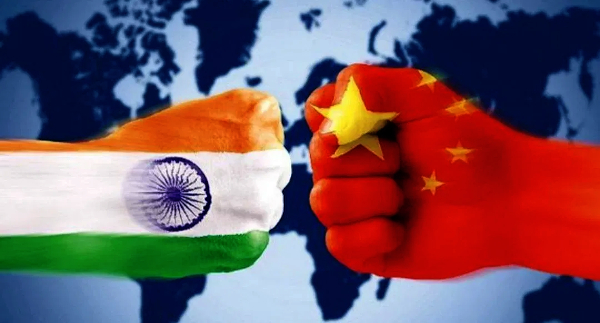In an investigative report, The Klaxon, an Australian newspaper has claimed that China had suffered a huge loss in the Galwan Valley clash in 2020. China’s losses were much higher than what was reported as many soldiers drowned while crossing a river in the valley, the exclusive finding of the editor, writer Anthony Klan has revealed. The writer said facts and images of two separate clashes that took place in Galwan were combined to gloss over facts.
Though China did not disclose its casualties in the Galwan clash, it announced posthumous medals to its soldiers who died in the battle but only four names were announced while the actual casualty is up to 38, the report said.
For the purpose of this investigation, The Klaxon independently built a team of social media researchers who found that China’s casualty extended much beyond the four soldiers who have been named by Beijing.
These social media researchers have released a report titled ‘Galwan Decoded’ in which it has been claimed that in the early stages of the June 15-16 battle, many Chinese soldiers were killed while attempting to swim in the fast-flowing Galwan river in sub-zero temperature.
How did they gather this information?
The investigation went on for a year sourcing materials from mainland Chinese bloggers, citizens and media reports which have been deleted by Beijing.
What are the findings of the investigation?
1. As claimed in the report, the June 15 battle started over a temporary bridge construction. Indian soldiers constructed the bridge across a stream of the Galwan river in May 2022. The PLA, on the other hand, was creating infrastructure in the mutually decided buffer zone since April.
2. On June 6, 80 PLA soldiers came to dismantle the bridge created by the Indian side; 100 Indian troops came to defend it, the report said.
3. It was decided that both sides will withdraw all personnel who crossed the buffer zone. “PLA did not adhere to its promise…and instead of dismantling its own infrastructure as agreed upon, secretly dismantled the river crossing bridge constructed by the Indian army,” the report said.
4. Colonel Santosh Babu came with his troops to the disputed area on June 15. The Chinese forces were led by Colonel Qi Fabao.
5. Instead of discussing the issue, Col Fabao ordered his troops to form a battle formation, the report said.
6. The moment Col. Fabao attacked he was immediately besieged by the Indian army troops. “To rescue him, PLA battalion commander Chen Hongjun and soldier Chen Xiangrong entered the encirclement of Indian army and started (a) physical scuffle with Indian troops using steel pipes, sticks and stones to provide cover for (their) commander to escape. ..Chinese soldier, Xiao Siyuan, “of the Motor Infantry Battalion of the 363rd Regiment, Frontier Defence, Xinjiang Military Region” had been “recording the event”. In the ongoing scuffle he left the camera and attacked but was severely wounded by an Indian soldier and later succumbed to his injuries,” the report said.
7. Then the PLA soldiers started their retreat. “The PLA soldiers didn’t even have time to wear water pants. They decided to cross the icy water of the river in pitch dark under the guidance of Wang Zhuoran,” it said.
8. Describing the drowning, the report said, “The river rose suddenly and injured comrades kept slipping and (being) washed downstream.” The report said at least 38 PLA troops were washed away with Wang on that night but Wange was declared among the four officially dead soldiers.
Source: HT
You may also like
-
IAF Aircraft Set Course For Exercise Eastern Bridge VII At Oman
-
IAF Set To Host The Indian Defence Aviation Exposition-II At Jodhpur
-
Defence Secretary to co-chair 5th India-Philippines Joint Defence Cooperation Committee meeting in Manila
-
Simultaneous Launch Of ‘malpe And Mulki’, Fourth And Fifth Ships Of Asw Swc (Csl) Project
-
Aatmanirbharta in Defence: MoD signs Contract with HAL for 240 AL-31FP Aero Engines for Su-30MKI Aircraft
